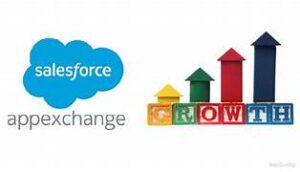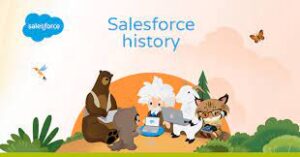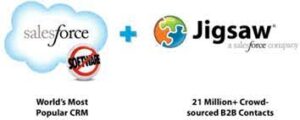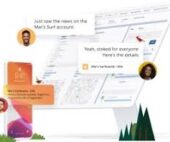The Health and Life Sciences (HLS) sector is at an inflection point. Patients and members no longer accept one-size-fits-all healthcare—they expect proactive, personalized experiences that rival those from leading consumer brands. But in healthcare, personalization isn’t just about convenience—it’s about better outcomes, trust, and efficiency at scale.
Now, with the rise of autonomous AI agents, HLS organizations can deliver real-time, hyper-personalized interactions—from tailored treatment plans to automated preventive care reminders—while navigating complex regulatory and data challenges.
The Challenges of HLS Personalization (And How AI Agents Help Solve Them)
Before reaping the benefits of personalization, organizations must overcome key hurdles:
1. Data Silos & Fragmentation
- Problem: Patient data is scattered across EHRs, claims, wearables, and more—making personalization guesswork.
- AI Solution: Agents unify and analyze real-time data, creating a 360° patient view.
2. Regulatory & Ethical Constraints
- Problem: HIPAA, GDPR, and evolving compliance rules limit data use.
- AI Solution: Agents automate consent management and ensure interactions stay compliant.
3. Legacy Systems & Resistance to Change
- Problem: Outdated tech and cultural inertia slow innovation.
- AI Solution: Agents integrate with existing systems, enabling gradual adoption.
4. Complex, Non-Linear Patient Journeys
- Problem: Health experiences involve multiple touchpoints (doctors, insurers, pharmacies).
- AI Solution: Agents orchestrate cross-channel engagement, keeping interactions seamless.
5. Defining & Measuring Success
- Problem: Traditional metrics (clicks, opens) don’t reflect health outcomes.
- AI Solution: Agents track clinical KPIs (adherence, readmissions, preventive screenings).
The 3-Pillar Framework for AI-Driven Personalization
1. LISTEN: Build a Unified Patient Data Foundation
- AI agents aggregate data from EHRs, wearables, claims, and telehealth.
- Use case: A payer identifies high-risk members via AI-driven predictive analytics.
- Key tactic: Start small—focus on one high-impact area (e.g., diabetes management).
2. DECIDE & ACTIVATE: Deliver Real-Time, Tailored Experiences
- AI agents automate personalized interventions:
- Providers: Post-surgery care plans via app notifications + telehealth check-ins.
- Payers: Preventive screening reminders + incentives for healthy behaviors.
- Pharma: Medication adherence nudges + side-effect support.
- Key tactic: Use segmentation first (e.g., chronic condition patients), then move to 1:1 personalization.
3. ANALYZE: Continuously Optimize with AI-Powered Insights
- AI agents measure impact on clinical outcomes (not just engagement).
- Use case: A hospital reduces 30-day readmissions by 20% via AI-optimized discharge plans.
- Key tactic: Run controlled pilots, refine, then scale.
How AI Agents Transform HLS Personalization
1. Proactive, Not Reactive Care
- Example: An AI agent detects a missed prescription refill, triggers a reminder + offers a telehealth consult.
2. Smarter Patient Engagement
- Example: A personalized AI coach guides a post-op patient through recovery with video tutorials + symptom check-ins.
3. Hyper-Personalized Member Support
- Example: A payer’s AI assistant helps a member navigate coverage options in plain language, reducing call center load.
4. Ethical, Compliant Automation
- AI agents auto-redact sensitive data, enforce consent preferences, and log interactions for audits.
The Future: AI Agents as Health Allies
By 2025, autonomous AI agents will handle 40%+ of patient interactions (Gartner). The winning HLS organizations will:
✔ Start small (e.g., chronic care personalization)
✔ Prioritize trust & compliance (transparent AI, clear consent)
✔ Measure real health outcomes (not just engagement metrics)
✔ Scale with AI agents that learn and adapt over time
The Bottom Line
Personalization in HLS is no longer optional—it’s a clinical and competitive necessity. With AI agents, organizations can turn fragmented data into seamless, life-improving experiences—while staying compliant and scalable.
Ready to lead the revolution? The time to act is now.
(Sources: Gartner, Salesforce Research, Adobe 2025 HLS Personalization Report)













